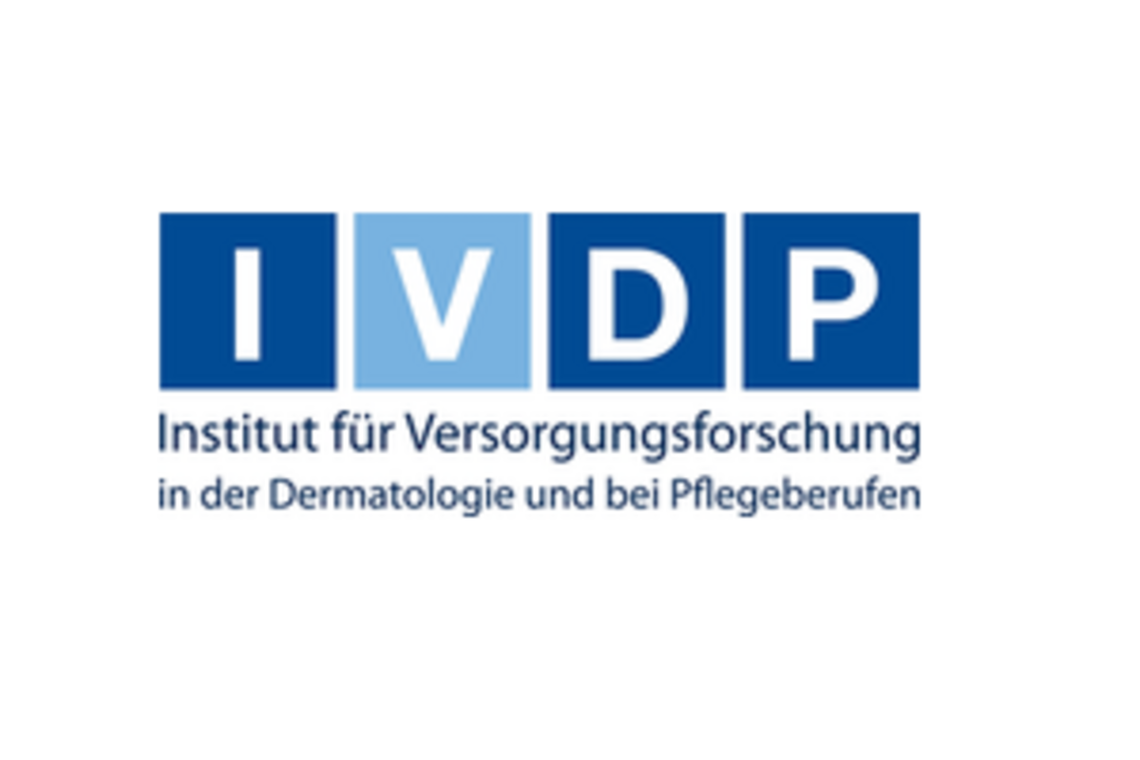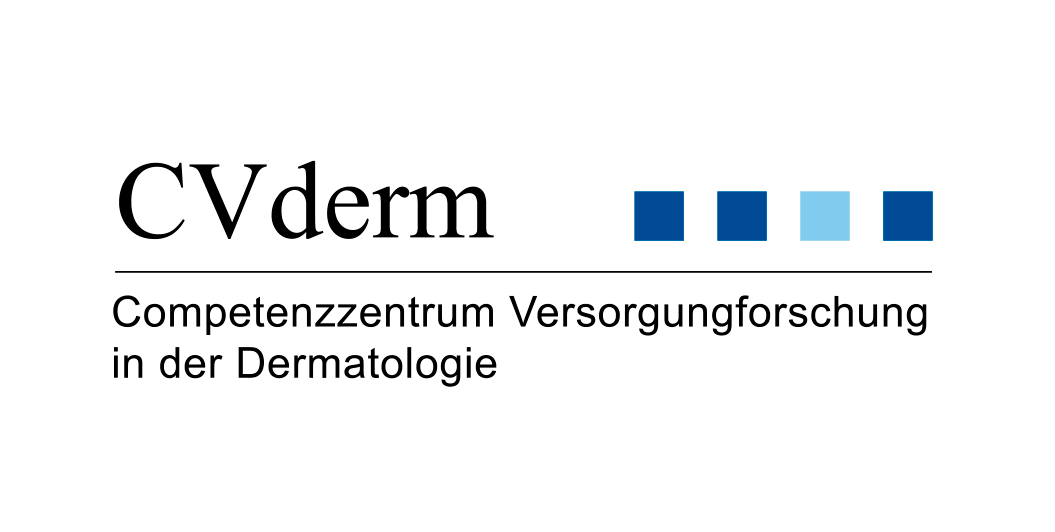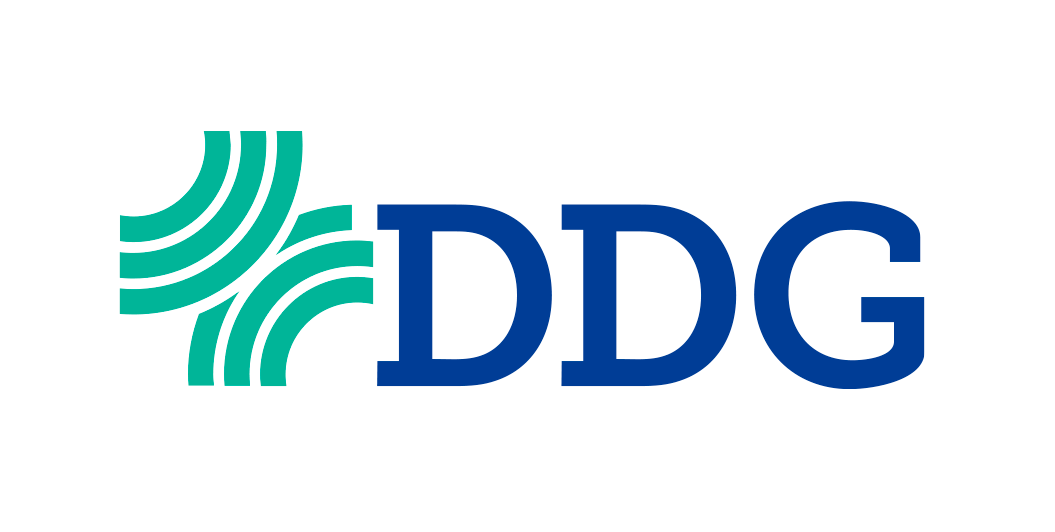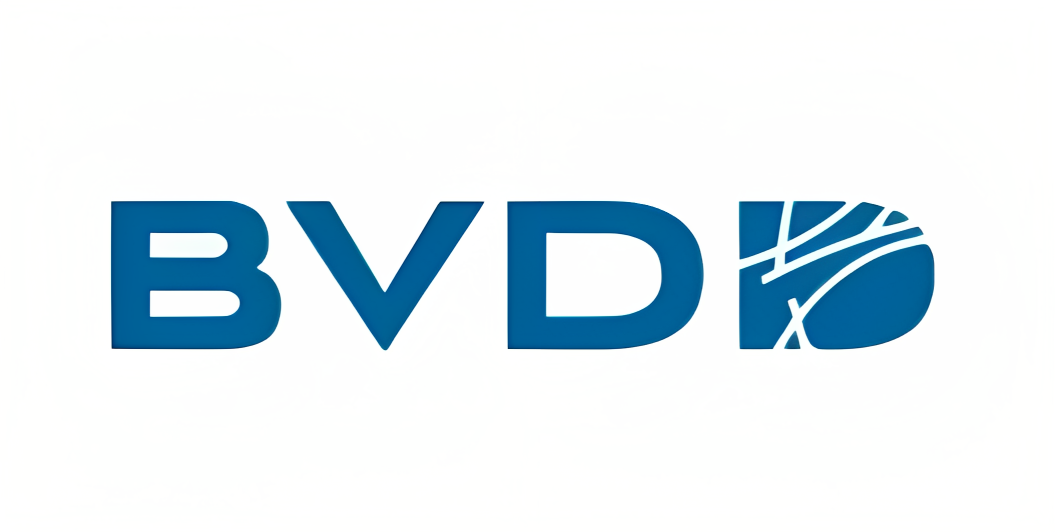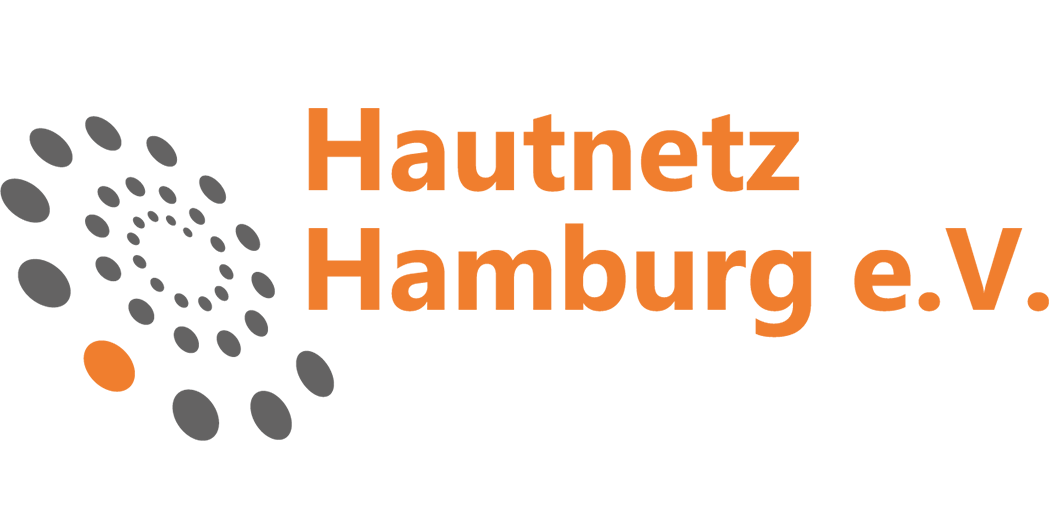Home
electronic Sartorius Score
eSartorius Score
Efficiently use the Sartorius Score
What is the eSartorius Score?
The electronic Sartorius Score, is based on a classification system developed by Sartorius et al. as a means to evaluate the severity of Hidradenitis Suppurativa (HS), also known as acne inversa. Initially proposed in 2003, the score was subsequently simplified for practical clinical use in 2009. Similar to the Hurley Score, the Sartorius Score provides guidance for treatment strategies. Unlike the Hurley Score, however, the Sartorius Score is designed to dynamically measure the clinical severity of HS and this enables the assessment of disease progression over time.
Validation of questionnaire
paper version: no digital version: no
How to use the eSartorius Score
The Sartorius Score should only be used by healthcare professionals. Based on the following information, points are assigned for each body region:
-
the anatomical regions affected, such as the axilla, groin, gluteal area (left/right), or other regions, with 3 points assigned per region;
-
the number and kind of lesions, with nodules worth 1 point and fistulas worth 6 points;
-
the longest distance between two relevant lesions (or size of lesion if single), with 1 point for < 5 cm, 3 points for 5-10 cm, and 9 points for > 10 cm;
-
the separation of all lesions by normal skin, with 0 points for "yes" and 9 points for "no" (indicating Hurley III).
The scores for each region are added up to determine the patient's total score, with the upper limit of the scale left unspecified.
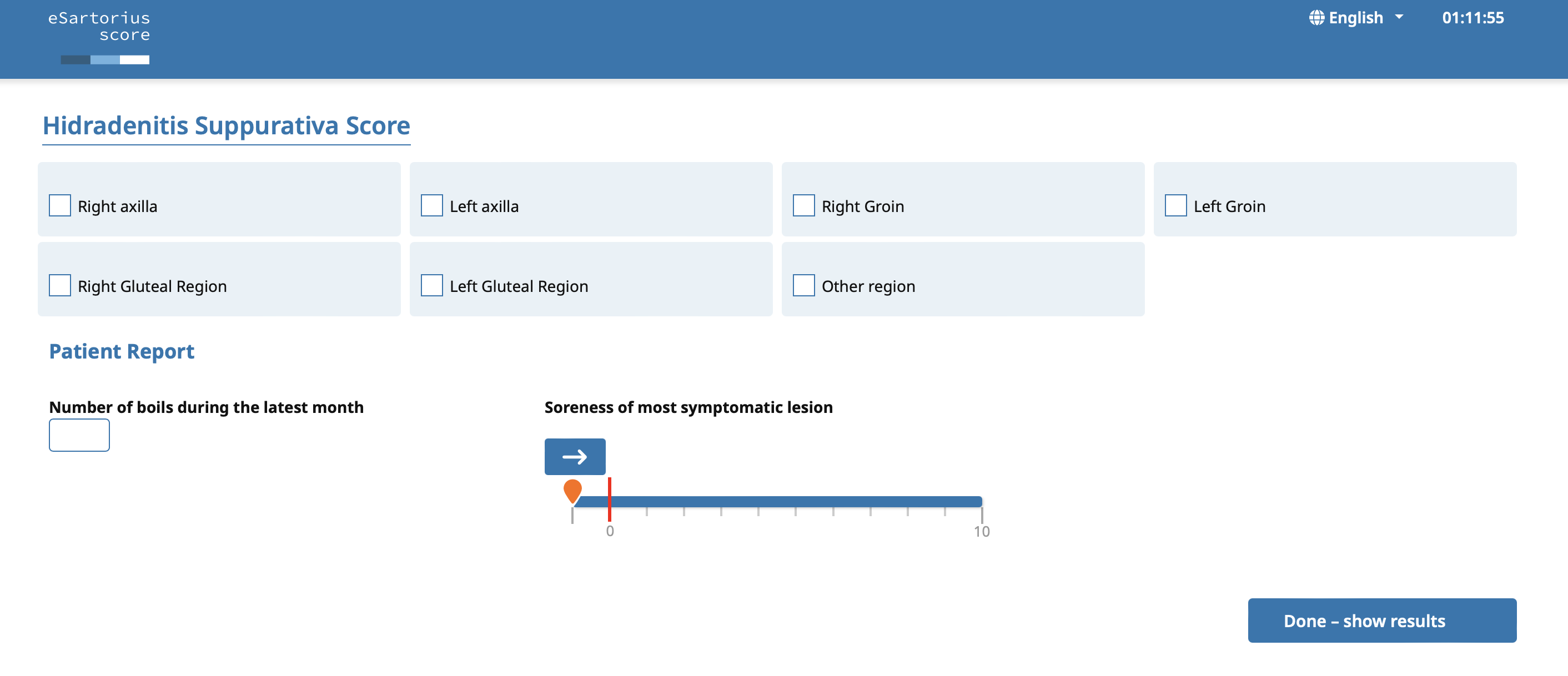
The following versions of the eSartorius Score are available
Recommendations and limitations for measuring the Sartorious Score in Hidradenitis Suppurativa
The Sartorius Score offers greater dynamism compared to Hurley Score, allowing it to capture changes in severity between two appointments. Nevertheless, some have raised concerns about the limited applicability of the Sartorius Score in severe cases, were individual lesions merge together. Despite its dynamic nature in comparison to the Hurley score, the Sartorius Score still incorporates aspects such as scars and the distance between relevant lesions, which may not adequately reflect the response to medical treatment. Another point of criticism of the Sartorious Scores is that it relies solely on objective factors assessed during the physical examination of the patient.
Features
USER-FRIENDLY
The eSartorius Score is uncomplicated and easy for physicians to use.
INFORMED TREATMENT
The eSartorius Score enables physicians to make informed treatment decisions.
MULTILINGUAL
The eSartorius Score is available in different languages. The use of the respective first language reduces language barriers and supports the understanding between physician and patient.
SEVERITY MONITORING
By storing values, the eSartorius Score allows for easy monitoring of acne inversa.
ACCESSIBLE FROM ALL DEVICES
With DermaValue, your eSartorius Score is always just a few clicks away. The application is available for PCs, tablets, smartphones, and other devices.
ENVIRONMENTALLY FRIENDLY
Take care of the environment and save your patient data on the online platform or as PDF files.
References
Daoud, Mathieu; Suppa, Mariano; Benhadou, Farida; Daxhelet, Mathilde; Njimi, Hassane; White, Jonathan et al. (2023): Overview and comparison of the clinical scores in hidradenitis suppurativa: A real-life clinical data. In: Frontiers in medicine 10, S. 1145152. DOI: 10.3389/fmed.2023.1145152 .
Sartorius, K.; Emtestam, L.; Jemec, G. B. E.; Lapins, J. (2009): Objective scoring of hidradenitis suppurativa reflecting the role of tobacco smoking and obesity. In: The British journal of dermatology 161 (4), S. 831–839. DOI: 10.1111/j.1365-2133.2009.09198.x .
Zouboulis, C. C.; Desai, N.; Emtestam, L.; Hunger, R. E.; Ioannides, D.; Juhász, I. et al. (2015): European S1 guideline for the treatment of hidradenitis suppurativa/acne inversa. In: Journal of the European Academy of Dermatology and Venereology : JEADV 29 (4), S. 619–644. DOI: 10.1111/jdv.12966 .
Zouboulis, Christos C.;, G. Bechara, Falk;, Klaus Fritz, Hjalmar Kurzen, Aikaterini I. Liakou1, Wolfgang C. Marsch5, Annett Milling6, Alexander Nast7, Maurizio Podda8, Klaus M. Taube5, Volker Wienert9, Thomas Winkler10 (2012): S1 - Leitlinie zur Therapie der Hidradenitis suppurativa / Acne inversa.
Our other tools
Our partners
